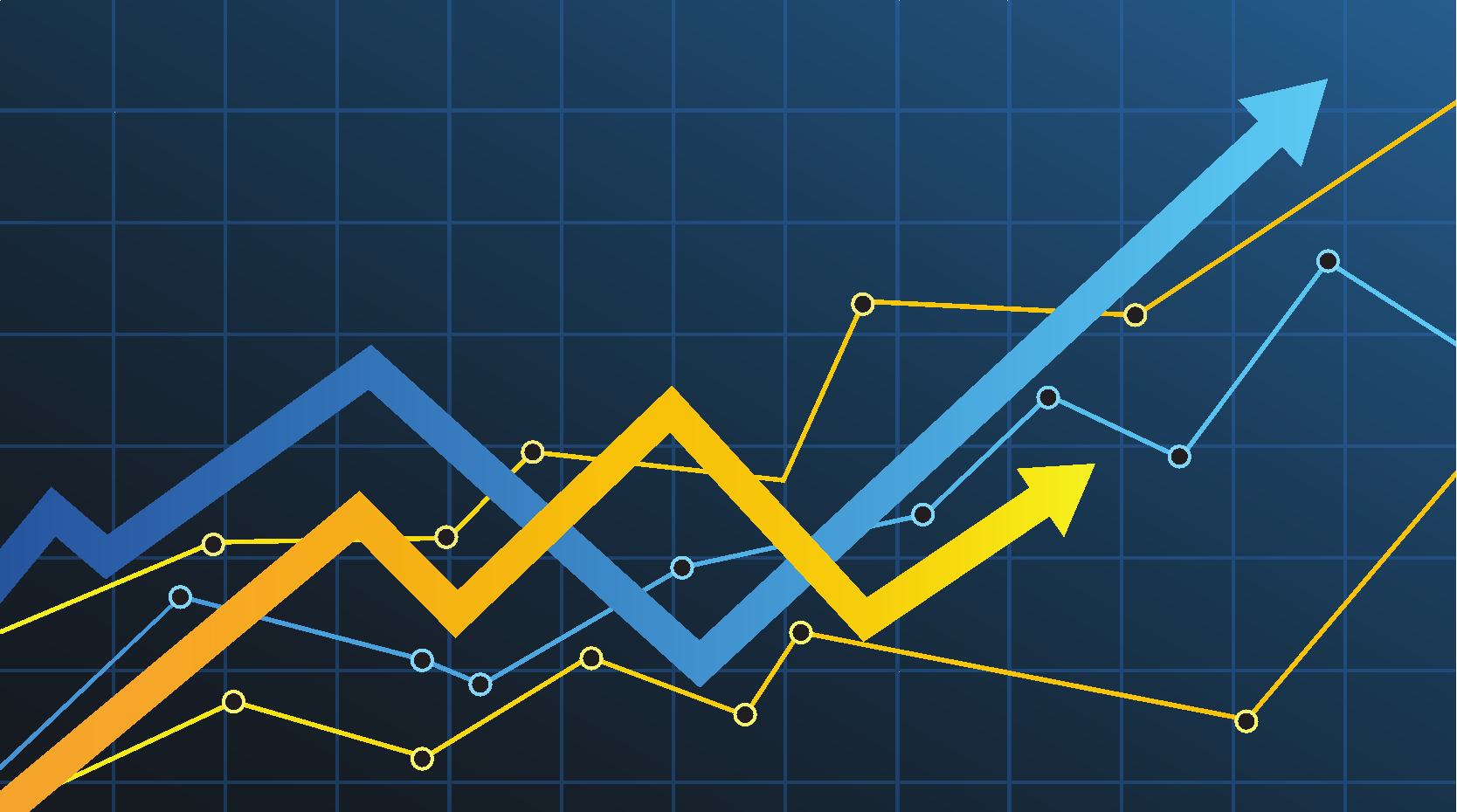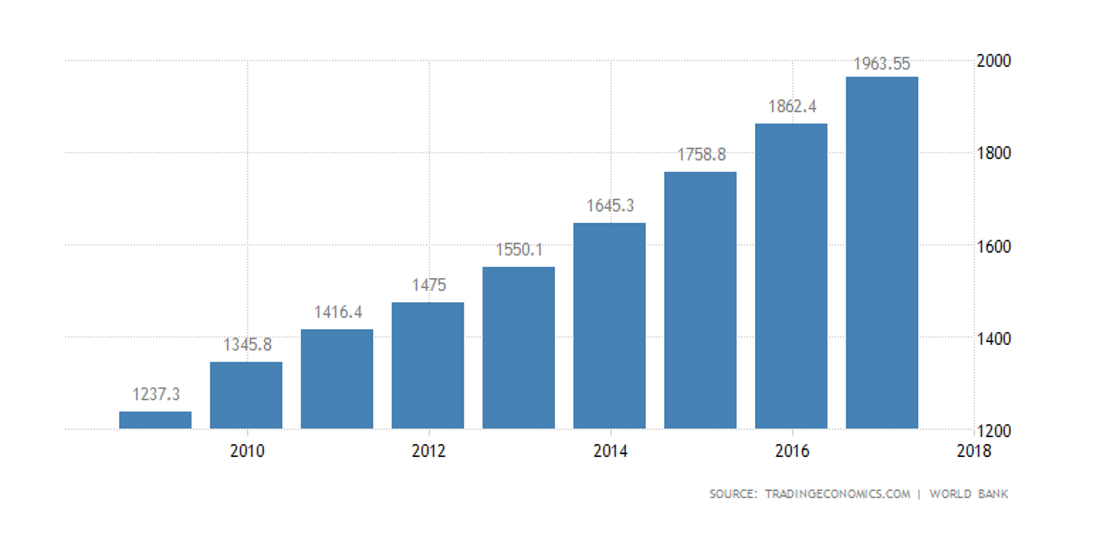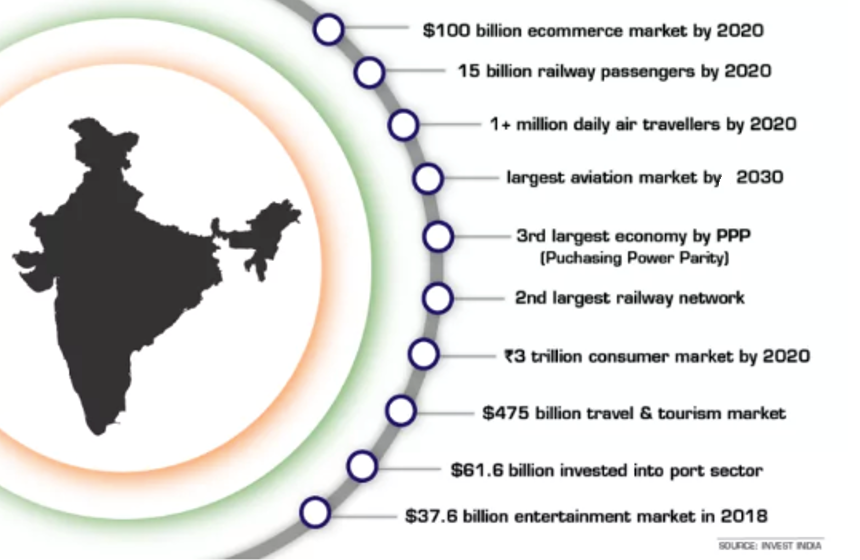
The Indian economy was in distress at the brink of the country’s independence. Being a colony, she was fulfilling the development needs not of herself, but of a foreign land. The state, that should have been responsible for breakthroughs in agriculture and industry, refused to play even a minor role in this regard. On the other hand, during the half century before India’s independence, the world was seeing accelerated development and expansion in agriculture and industry - on the behest of an active role being played by the states.
British rulers never made any significant changes for the benefit of the social sector, and this hampered the productive capacity of the economy. During independence, India’s literacy was only 17 percent, with a life expectancy of 32.5 years. Therefore, once India became independent, systematic organisation of the economy was a real challenge for the government of that time. The need for delivering growth and development was in huge demand in front of the political leadership - as the country was riding on the promises and vibes of national fervour. Many important and strategic decisions were taken by 1956, which are still shaping India’s economic journey.
Today India is ranked the seventh largest economy, and third largest in terms of Purchasing Power Parity (PPP). The Indian economy’s GDP is pegged at $ 2.9 tn. At a press conference, Finance Minister Arun Jaitley commented, ‘We keep oscillating between the fifth and the sixth largest economy, depending on the dollar rate. As we look at the years ahead, we will be $ 5 tn by 2024 and $ 10 tn by 2030 or 2031.’
The GDP per capita in India was $ 1963.55 in 2017. The GDP per Capita in India is equivalent to 16% of the world's average, and averaged $ 693.96 from 1960 until 2017. It reached an all - time high of $ 1963.55 in 2017.

As per a recent WEF report titled 'Future of Consumption in Fast-Growth Consumer Market – India', India’s market size is pegged to grow at a thriving $ 6 tn in the coming years.

Top Performing Sectors of Indian Economy
The adoption of the New Economic Policy in 1991 saw a landmark shift in the Indian economy, as it ended the mixed economy model and license raj system - and opened the Indian economy to the world. An overview of the top performing sectors of the Indian economy is given below -
1. Agricultural Sector:
One of the most important sectors of the Indian economy remains Agriculture. Its share in the GDP of the country has declined and is currently at 14%. However, more than 50% of the total population of the country is still dependent on agriculture. Keeping this in mind, the Union Budget 2017 - 18 gave high priority to the agricultural sector and aimed to double farmers’ incomes by 2022.
• Government subsidies to agriculture are at an all - time high.
• Further, cropping patterns have shifted in favour of cash crops such as sugarcane and rubber.
• Introduction of cooperative farming like – e - choupal etc.
• Rise of SHGs such as Lijjat Papad.
• Agricultural land is being brought under industrial and commercial use, thereby straining the remaining agricultural land.
• Many export sectors have been opened for agricultural goods.
• Food processing is emerging as a ‘Sunrise Industry’
2. Industry Sector:
Another important part of the Indian economy is the Industry sector. Changes such as the end of the ‘Permit Raj’ and opening up of the economy were welcomed in the country with great enthusiasm and optimism. As a result of these changes, the industrial potential of the economy has increased since 1991.
• Proliferation of industries, from traditional iron and steel to jute and automobiles.
• Autonomy in production, marketing and distribution.
• Reduced red - tapism.
• Encouragement to private investments, both domestic as well as FDI.
• Transfer of technology and benefits of research and development to the advantage of the economy.
• Arrival of investment models such as joint ventures, public-private partnerships, MNCs.
• Private players got an opportunity to enter new sectors, which were earlier under government monopoly.
3. Services Sector:
The sector that benefited most from the New Economic Policy was the services sector. Banking, Finance, Business Process Outsourcing - and most importantly Information Technology services - have seen double - digit growth.
• Indian IT giants such as Infosys, WIPRO and TCS have made their mark on the global platform.
• 60 percent of the GDP contribution comes from the services sector.
• India, with its huge demographic dividend potential, has emerged as the IT hub of the world.
• New employment opportunities are being created in this sector.
• Opening of transportation, tourism and medical sectors have led to the growth of service sector competencies.
• RBI has transitioned from being a regulator to a facilitator.
• Product diversity of financial investments.
• Wider penetration of services such as insurance, banking, stock market etc.
• Considerable improvement in forex reserves.
4. Food Processing:
Food processing has emerged as a high - growth, high - profit sector and is one of the focus sectors of the ‘Make in India’ initiative. The vast availability of raw materials, resources, favourable policy measures and numerous incentives have led India to be considered as a key attractive market for the sector. With a population of 1.3 bn and an average age of 29, as well as a rapidly growing middle - class population that spends a high proportion of their disposable income on food, India boasts of a large consumer base. The total consumption of the food and beverage segment in India is expected to increase from $ 369 bn to $ 1.14 tn by 2025. The output of the food processing sector (at market prices) is expected to increase to $ 958 bn during the same period. India is the second largest producer of food grains in the world, second only to China. This sector has huge potential in India due to increasing urbanization, income levels and a high preference for packaged and processed food. Visit the sectors category to read more about the food processing industry.
5. Manufacturing Sector:
The manufacturing sector is the second largest contributor to India’s GDP after the Services sector. Various government initiatives like Make in India, MUDRA, Sagarmala, Startup India, Freight Corridors, along with a whole - hearted contribution from states, will raise the share of the manufacturing sector in the foreseeable future.
However, if India aims to raise its share of manufacturing in GDP to around 25%, the industry will have to significantly step up its research and development expenditure. The quantum of value addition has to be increased at all levels and the government needs to offer attractive remuneration to motivate people to join the manufacturing sector.
Recent Developments in the Economy of India
Besides these developments and reforms, it is imperative to bear in mind that in order to tap the highest potential of the economy and ensure good governance, an optimal level of synergy is required between the central and state government. This will not only add strength to our cooperative federal structure but will also strengthen India’s economy. Initiatives such as –
• Goods and Services Tax (GST)
• Insolvency and Bankruptcy Code (IBC)
• Startup India
• Digital India
These, among others, have helped the Indian economy jump 65 ranks (in the last four years) in the World Bank’s Ease of Doing Business Report.
These measures cemented India’s reputation as one of the few bright spots in an otherwise grim global economy. India is among the fastest growing major economies, underpinned by a stable macro - economy with declining inflation and improving fiscal and external balances. Not only that, it was also one of the few economies enacting major ‘structural reforms’, that have positioned India as a competitive player in the international market.
Future of Indian Economy
To make India a $ 5 tn economy by 2030, and to achieve consistent 8% growth, NITI Aayog has released a comprehensive document titled ‘Strategy for New India @75’. Its main objectives are –
1. Doubling farmers’ incomes.
2. Creating an all India talent pool for the entre and States together - such as the All India Services.
3. Providing a major boost to the ‘Make in India’ campaign.
4. Achieving 22% tax to GDP ratio by 2023 - up from the current 17%.
5. Achieving 36% of investment rate by 2023 - up from the current 29%.
Guided by unwavering democratic credentials and strong government leadership, India is an emerging superpower with a vibrant economic climate. Under Prime Minister Narendra Modi, India’s growth rate in the last quarter has been pegged at 7.7%. And with an ever - expanding middle - class base and youth demographic, the opportunity for business has never been better.
To know more about foreign trade & FDI in India, visit our resources section.






